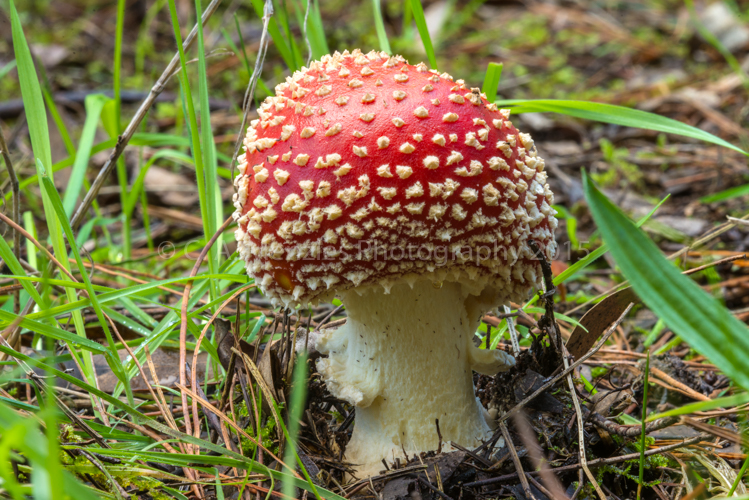I’ve reshuffled things about the house to come up with a dedicated studio area for the time being until I can come up with a better solution.
The idea is to separate me from the computer and the editing software, and go back to experimenting with the equipment and up-skilling myself on that which I use less often. Things such as the miops trigger, a couple of my other remote controls for interval shooting etc. It’s annoying sometimes finding you’ve forgotten how to use something or can’t remember how to access that feature quickly. The only thing I know to fix that, is practise with it. It also gives me an area to mess with prints & frames, and have all my equipment in a single location.
At this stage I can fit a reasonable size backdrop in there, albeit only a short shooting distance, which excludes some lenses for portrait work unless it’s just the upper shoulders & head.
There’s also some good light that would allow some studio macro work for some small set shooting. I like to shoot my Flora & Fauna macro work outside in the natural environment, but there are times I want to experiment with something that’s clearly NOT alive, and the “authenticity” is not a factor. Also some of the Focus stacking can be done inside which makes it far easier to control some environmental factors.
Now having some alternative lighting options should give me the ability to make better use of more time!

